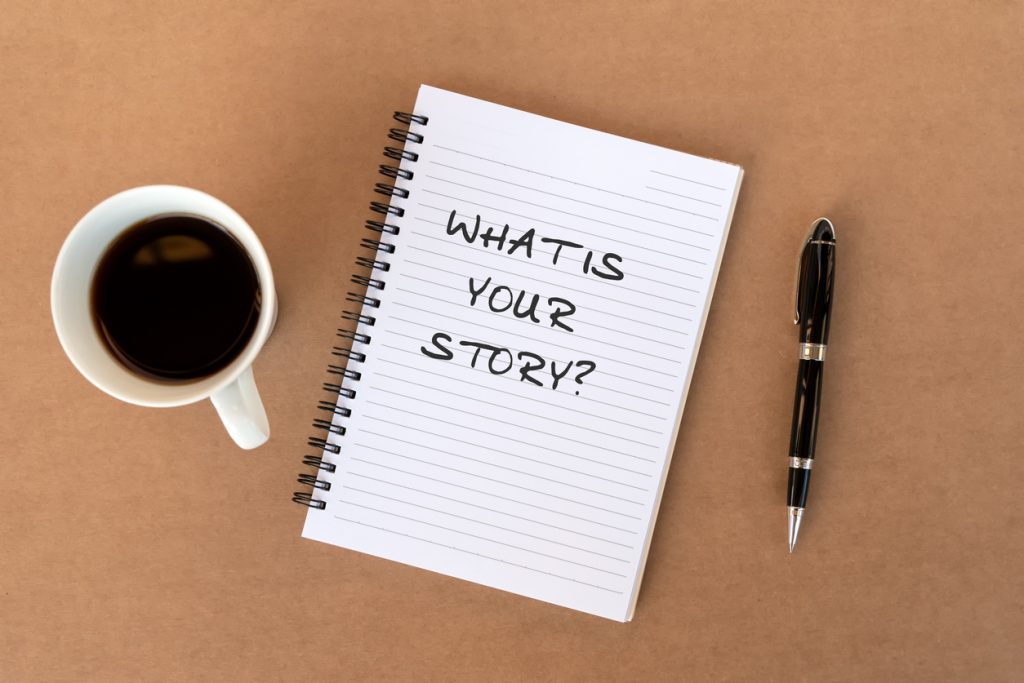
Two models to develop individual and organizational resilience
October 24, 2022
Stress-management strategies from occupational therapy
October 24, 2022Career professionals can support jobseekers to develop human skills, higher-order thinking and other key employability attributes
Colleen Knechtel

Besides the essential skills of reading, writing and numeracy, Vermaeten, Finney, Zareikar & Downie (2022) presented at CERIC’s Cannexus22 conference labour market gaps that employers identified: social competencies, successful communication, teamwork and problem solving. These presenters noted that collaboration, curiosity, problem-solving, adaptability, flexibility and cultural sympathy were also considered by employers to be work skills of the future. Employers need agile thinkers and innovators who can pivot quickly and lead change.
This article will examine four complex mindsets and skillsets that connect to employers’ present and future needs: human skills, interdisciplinary competence, multiple intelligences and higher-order thinking. Also presented are ways clients can future-proof their employability skills.
Human skills
Human skills include socio-emotional skills (Goleman, 1998), self-regulation, self-knowledge and adaptability developed through life roles: school, work, volunteering, recreational activities and community involvement (Super, 1990; Watson, 2019).
For example, when thinking about social, civic and team contributions as a student, parent, engaged citizen or employee, what roles have your clients played throughout their life and how effective were they in these roles? One might demonstrate human skills by summarizing the points being discussed in a group meeting, planning a community event or serving as a referee on a team. It is important for clients to learn how to translate their experiences into skills for the labour market.
Read more
Stress-management strategies from occupational therapy
Re-entry moms: untapped talent at its finest
Which hybrid work model is right for your client?
Interdisciplinary competence
Coined by Frodeman as “sustainable knowledge” (2017), interdisciplinary competence is one’s mindset and skillset for collaborative project work. This includes flexible thinking, understanding other perspectives or worldviews, learning how to learn, being resourceful, recognizing skills and strengths in others, mentorship, giving and receiving feedback, complex problem-solving, creativity and innovation, project management and digital platform skillsets.
Interdisciplinary skills inform how one approaches situations and how one values contributions made by others. For example, how aware is your client of their roles in group work? Do their actions help or hinder group process? For example, do they jump right in with their ideas, or do they sit back to reflect on the problem or group goal before sharing their thoughts and ideas? Are they good listeners? Self-awareness is an important tool for reflection and personal growth.
Multiple intelligences
Gardner’s (1993) approach to intelligence embraces differing abilities and skills for an inclusive workplace. One strength of Gardner’s theory of multiple intelligences is the view that learners have different capacities and interests for learning within different areas. A pluralistic conception of intelligence requires the interaction of several different types of intelligence: verbal-linguistic, logical-mathematical, visual-spatial, musical-rhythmic, bodily-kinesthetic, interpersonal, intrapersonal (self-knowledge, purpose and awareness) and naturalist.
Developing diverse intelligences helps individuals solve problems more creatively. Lakhani, Jeppesen, Lohse & Panetta (2007) found that individuals with areas of expertise outside the main expert group offer ideas that are most likely to lead to the best solutions. This reinforces the notion that many voices need to be considered in the creative process of collaborative problem-solving.
Higher-order thinking
Higher-order thinking (Bloom, 1956) involves analyzing complexities as well as evaluating possible solutions to create something new. Anderson & Krathwohl (2001) refined Bloom’s hierarchy:
- Remembering – retrieving, recognizing and recalling relevant knowledge from long-term memory
- Understanding – constructing meaning from oral, written and graphic messages through interpreting, exemplifying, classifying, summarizing, inferring, comparing and explaining
- Applying – carrying out or using a procedure through executing or implementing
- Analyzing – breaking material into constituent parts, determining how the parts relate to one another and to an overall structure or purpose through differentiating, organizing and attributing
- Evaluating – making judgments based on criteria and standards through checking and critiquing
- Creating – putting elements together to form a coherent or functional whole; reorganizing elements into a new pattern or structure through generating, planning or producing (pp. 67-68)
Higher-order thinking is about considering possibilities and alternative solutions in a non-linear way.
Supporting clients’ employability
By developing human skills, interdisciplinary competence, multiple intelligences and higher-order thinking, jobseekers can be prepared to navigate the changing labour market. So, how can career development professionals help jobseekers identify these employability mindsets and skillsets?
Here are some questions, ideas and activities to help you facilitate knowledge and skill translation as your clients work to advance their future skills.
Know thyself
Self-knowledge is a valuable tool for knowledge and skill translation. It is a way to prepare clients to share specific experiences, mindsets and skillsets, and illuminate those they are working on.
Narrative activities create new understanding and deepen self-awareness to promote empowerment and agency to support life transitions and lead individuals to design their future lives. Career professionals can support clients to reflect on their knowledge, skills, attitudes and values through storytelling.
Sharing stories advances affirmation of one’s sense of self and one’s life purpose. It also helps change our response to differences as we adapt to accept multiple points of view simultaneously. Understanding our personal experiences through socially shared narratives transforms through listening to the stories of others; these stories can provide powerful frames for the way we understand our own experiences (Fivush, Bohanek, & Zaman, 2010). One’s stories act as a way to nurture and care for oneself, and they shape one’s inner compass. The narrative approach to self-understanding is a widely used practice in counselling settings as a way to rewrite one’s life story.

iStock
Storytelling also allows us to discern what and how to share in interviews. Here are a few examples of how you can help clients derive meaning from their stories.
- Timeline: Clients can create a timeline and/or biographical narrative of significant events in their lives and write about their future skills from these experiences.
- Photovoice: Photovoice is a way to empower people to make meaning by using photographs to document their experiences.
- Personal collage: Life design through narrative storytelling increases an individual’s abilities to create their stories through “bricolage” in art-based learning. Have clients write their name in the middle of a piece of poster paper. Give them five minutes to write, draw and doodle all dimensions of themself that they can come up with. Encourage clients to present in story form what they have identified.
Skills assessment
To better understand their skills, have clients explore the Government of Canada’s National Occupational Classification website and the Labour Market Information Council’s (LMIC) Canadian Job Trends Dashboard. Clients can present their research findings, identify their future skill gaps and create a paper-based or electronic future skills portfolio they can add to on a regular basis.
Career professionals can also guide clients through the following questions/activities to help develop specific skills:
- Communication: Communication is a key skill that overlaps the four domains outlined above. Career development professionals can help clients become aware of their communication patterns by asking: How well do you use paraphrasing as a tool to seek clarity and deeper understanding? How effectively do you present your ideas or listen to others?
- Higher-order thinking skills: To develop higher-order thinking skills, the career development professional can introduce this chart to their clients and create activities around the questions provided.
Knowledge and skill recognition and translation are important to identifying future skills for employability. This advancing future skills framework and activities can lead your clients to developing important future-proofing mindsets and skillsets for skilling, upskilling and reskilling for employability.
Colleen Knechtel is working to complete her PhD research project at the University of Alberta in Education with a focus on career-integrated learning and interdisciplinarity in educational communities. To provide feedback to the author on this future skills framework, please email colleen.knechtel@ualberta.ca.

